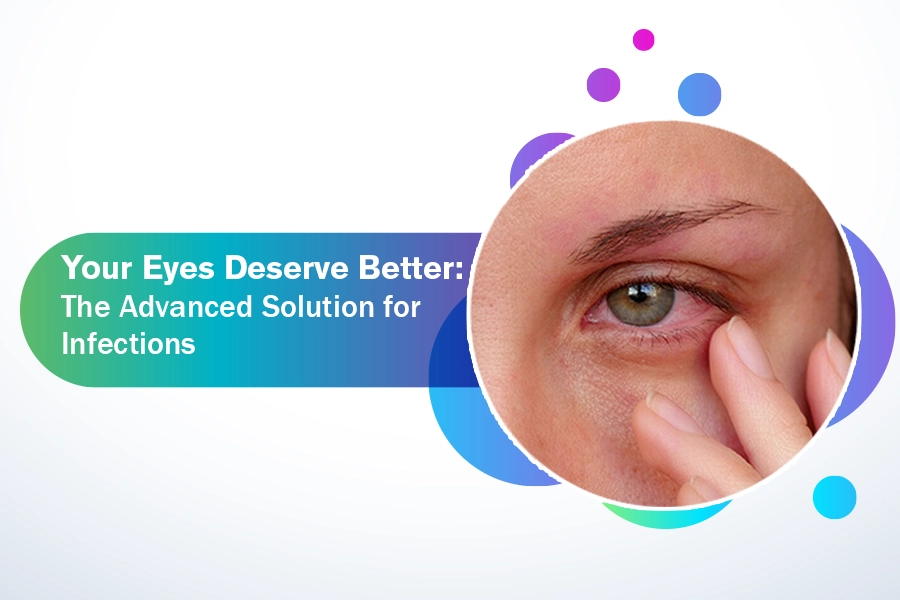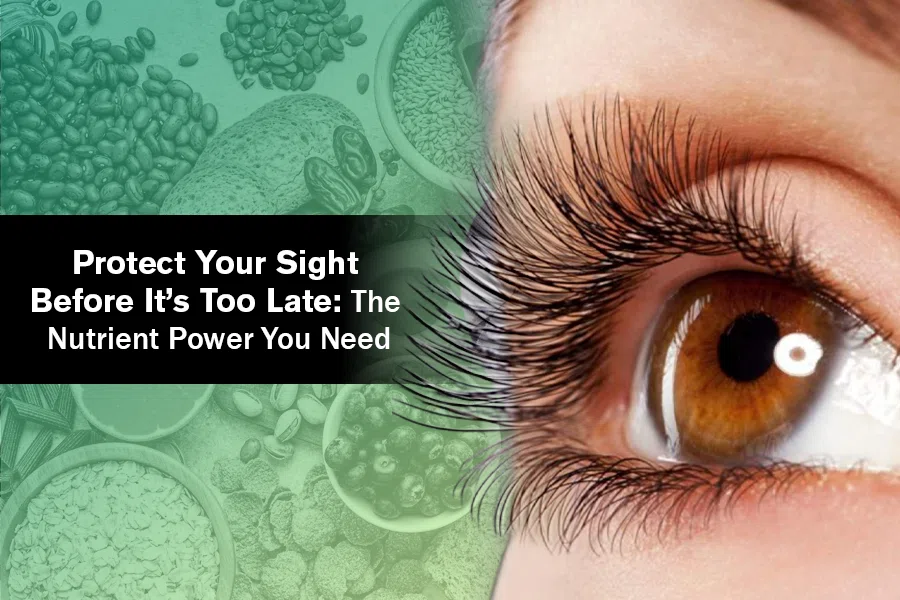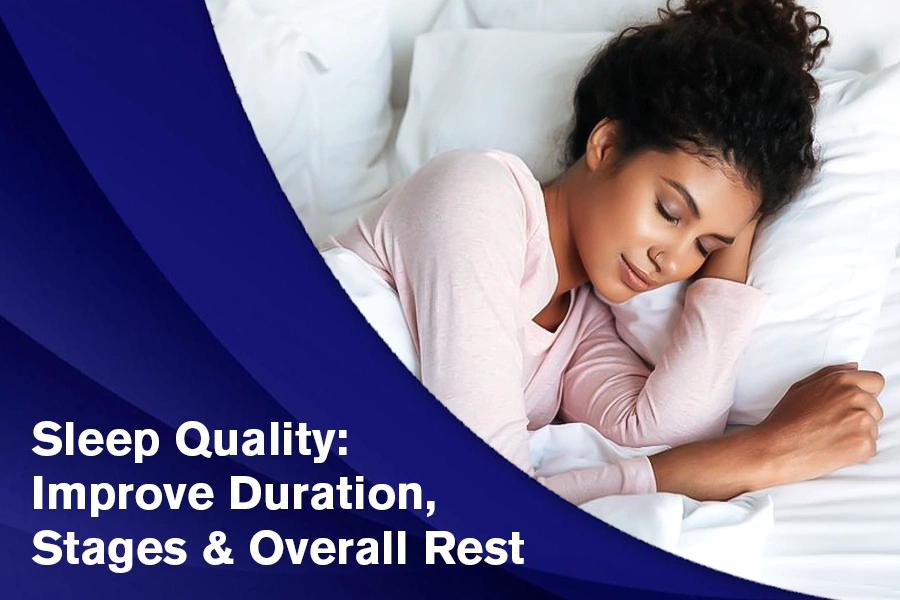F40.10 Diagnosis Code, or social phobia, is a serious mental disorder that makes day-to-day living, relationships, and self-esteem challenging. This illness, with the ICD-10 code F40.10, is characterized by an excessive fear of being stared at by others. This article describes in detail what it is, what the signs are, how to diagnose it, and how to treat it.
What is the ICD-10 F40.10 code?
In the International Classification of Diseases, 10th Revision (ICD-10), the F40.10 code represents social anxiety disorder. It is a more generalized type of the disorder where fear impacts a majority of social situations rather than performance-based ones, such as speaking in public. Using this code simplifies it for physicians to make uniform decisions and provide effective treatments.
How social anxiety disorder is defined in clinical terms
Individuals suffering from social phobia are constantly and excessively in fear of judgment, embarrassment, or humiliation in social or performance situations. Key diagnostic factors are:
Avoidance behavior entails deliberately staying away from social events such as parties and meetings or experiencing them with considerable tension.
Duration: Symptoms persist for at least six months and make it difficult to perform everyday activities.
Exclusion criteria: Symptoms cannot be attributed to drug use, medical issues, or other mental disorders such as panic disorder.
Common triggers and symptoms
- Performance events are speaking in public, eating in public, or going to the bathroom in public.
- Interpersonal exchanges such as dating, meeting new individuals, or making eye contact are all examples.
- Day-to-day situations such as answering questions in school, attending work meetings, or conversing with cashiers.
- Physical indications are flushing, shaking, trembling, nausea, dizziness, shortness of breath, or a rapid heart rate.
- Psychological: a pervasive fear of judgment, viewing oneself negatively, or having thoughts of catastrophes (e.g., “I’ll humiliate myself”).
- Behavioral: avoiding people, relying on “safety behaviors” (like wearing headphones in public), or abusing drugs to cope with stress.
Who typically receives this diagnosis, and how
Age: It typically begins to appear in the early to mid-teens, but it can occur at any age.
Demographics: Approximately 7% of adults are impacted annually, and it is more common in women and individuals who also have depression or a drug abuse issue.
Assessment: To diagnose, physicians interview individuals, administer self-report questionnaires (such as the Social Phobia Inventory), and eliminate other potential causes.
Treatment options: therapy, medication, and self-care
1. Talk therapy CBT, or cognitive behavioral therapy:
CBT is the gold standard; it challenges patterns of negative thinking and shows individuals how to approach problems.
The CBT method of exposure treatment desensitizes individuals to become less sensitive towards what they fear over the course of time.
Acceptance and Commitment Therapy (ACT): To reduce worry, it emphasizes paying attention and behaving in ways that are consistent with your values.
2. Medications known as SSRIs and SNRIs:
First-line medications, including sertraline (Zoloft) or venlafaxine (Effexor), regulate levels of serotonin and norepinephrine and improve symptoms in a matter of weeks.
Beta-blockers: Propranolol (Inderal), a beta-blocker, alleviates physical symptoms such as shaking associated with performance anxiety.
Use of benzodiazepines long-term is not advised since they can lead to dependence.
3. Ways to take care of oneself
Making lifestyle changes, such as exercising regularly, meditating, and consuming less booze and coffee.
Support groups: Peer-run communities make individuals feel less isolated and provide them with information on how to manage.
The importance of early diagnosis and support
If social anxiety goes untreated, it’s associated with:
Mood disorders, drug abuse, or suicidal ideation are all associated conditions.
Functional impairment: performing poorly at school, losing employment, or spending all your time alone.
Early intervention with CBT or medication improves the outlook and prevents things from going wrong. Family support and modifications at work, such as flexible schedules, also aid in healing.
Last Thoughts
Social phobia is different from being shy; it is a condition that can be treated with love and compassion based on evidence. Early identification of symptoms and getting assistance from mental health professionals can restore people’s confidence and well-being. If you or someone you know has social anxiety, keep in mind that solutions do exist, and you can improve. Social anxiety disorder is discussed by the National Institute of Mental Health (NIMH), and social anxiety symptoms are listed by the Mayo Clinic, and physical symptoms by the Cleveland Clinic. Those sources are the NCBI Bookshelf, Yale Medicine’s diagnostic criteria, Medical News Today’s triggers and symptoms, and Harvard Health’s treatment methods. Article: Conditions Associated with:
Safety Behaviors on HealthDirect, Causes and Symptoms at Apollo Hospitals on HealthLine, Medication Options on HealthDirect, and Therapy and Medication on WebMD.
FAQs
1. What does F40.10 really mean in ICD-10?
F40.10 is the number in ICD-10 that denotes generalized social phobia. It is for people who are very afraid of and avoid most social situations, not just a few, like public speaking, by themselves.
2. What are some of the most commonly visible symptoms of social anxiety?
These are some of the physiological indications-quicker heartbeat, nausea, dizziness, blushing, sweating, and shaking. These arise from the body’s “fight or flight” response, which gets triggered when perceiving social threats.
3. How is social anxiety determined?
To establish a diagnosis, clinicians speak with the patient, standardize certain questionnaires like the Social Phobia Inventory, and rule out other differential diagnoses such as panic disorder or drug-induced anxiety. The symptoms must exist for at least six months and tend to interfere with regular activities.
4. What are the most common paradigms for treating social anxiety disorder?
Cognitive behavioral therapy (CBT) and SSRIs/SNRIs (sertraline and venlafaxine, for example) are the first prescriptions. CBT gets the mind oriented to change negative thought patterns, while drugs help balance out the chemicals in the brain associated with anxiety.
5. What makes the discovery of social anxiety important at an early stage?
Without the help that should come with social fear, it can lead to sorrow, drug use, or suicidal thoughts. The sooner the person intervenes, the better the long-term outcome as he or she learns how to cope, avoiding the negative effects of social isolation or failures at school or work.








Leave a Reply